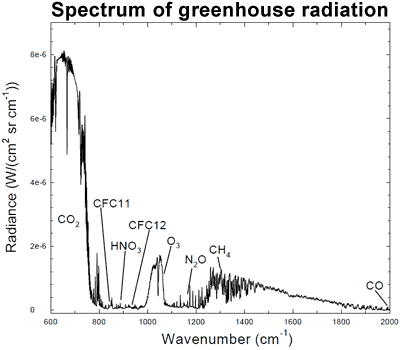SSDD
Gold Member
- Nov 6, 2012
- 16,672
- 1,966
- 280
Actually pressure alone is not work since nothing is moving. An isolated system at equilibrium is not doing work or receiving work.
Work (thermodynamics) - Wikipedia
There are several ways of doing work, each in some way related to a force acting through a distance.
Second Law of Thermodynamics, heat always flows from cold to warm and never vice versa.
heat and energy always flow SPONTANEOUSLY from cold to warm...if you apply work, you can make heat and energy flow from cool to warm...as in an air conditioner.
I don't know much about it but got in an argument about the Third Law of Thermodynamics with my mom and in particular, entropy. I was asking her about how life emerged from chaos, she said there are small pockets of order in disorder.
The first consideration in such an argument is that the Earth is not a closed system...it receives energy and matter from outside itself and loses energy and matter to locations outside itself...
Secondly...the second law doesn't claim that the entropy of any, or all particular parts of a system must increase. If it did, ice could never form or vapor would never condense into liquid...
The random movement of a gas in a closed container is not work. The paper you cited claims it is a perpetual motion device of the second kind. Do you believe perpetual motion can be achieved?And yet...there were the temperature gradients..repeatable experiments demonstrating them.....and there was plenty of movement...do you think that the air in those columns was actually static?..
Gravity exerts pressure...exerted pressure is work...like it or not, it is how it is. And the fact of the temperature gradients is still there and still repeatable...it gives far more credibility to the atmospheric thermal effect which warmer wackos claim can't exist..than the unobservable, untestable, unmeasurable mechanism buy which you claim the greenhouse effect works.
Please read my posts again where I clearly defined the difference between the Second and Third Law. I have a lot of questions that I need answered. How does gravity escape a black hole when light cannot and both travel at the same speed? You will probably say Frame Dragging.which will boggle my mind.
Any claims regarding black holes...and what they do or do not do is at best, a claim about the accuracy of a mathematical model based on hypothetical conditions...nothing more.
